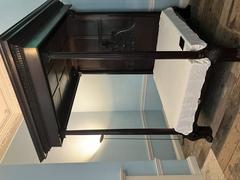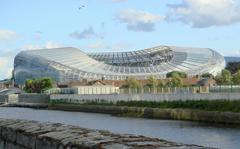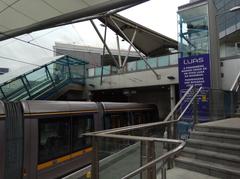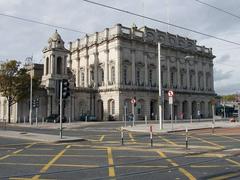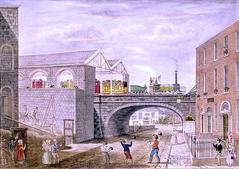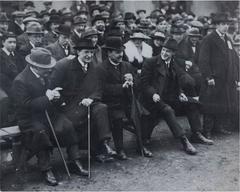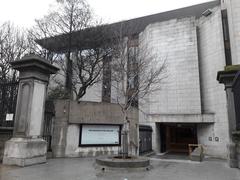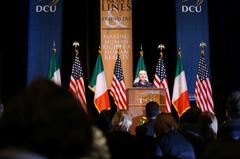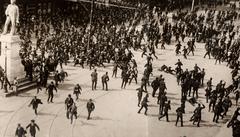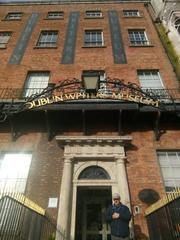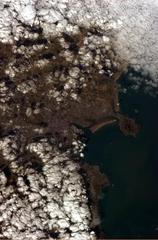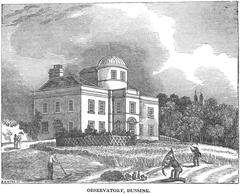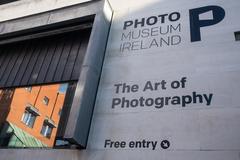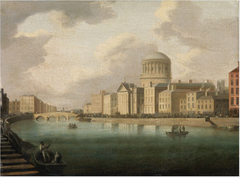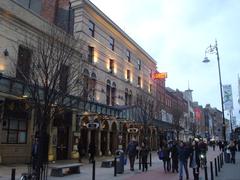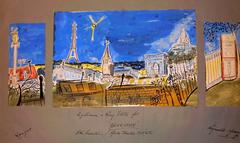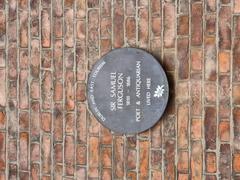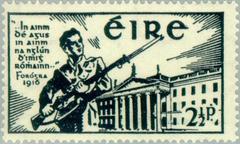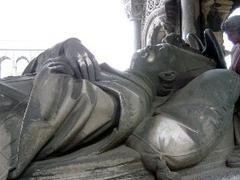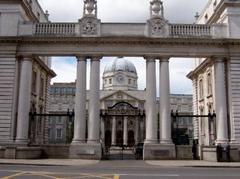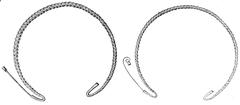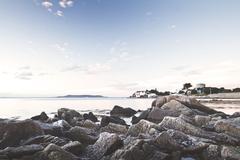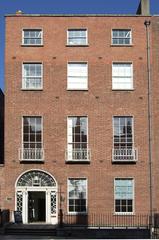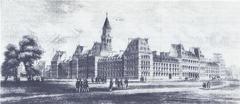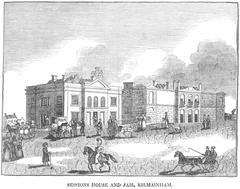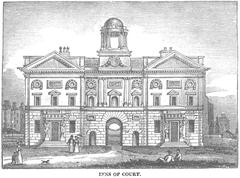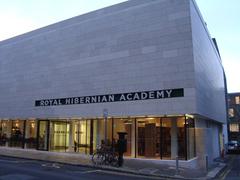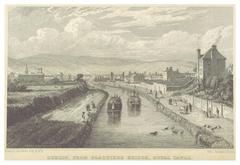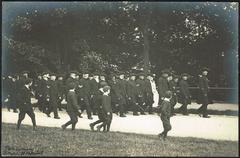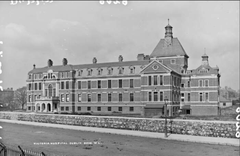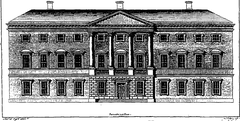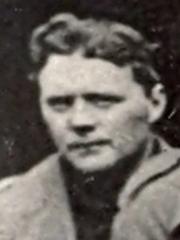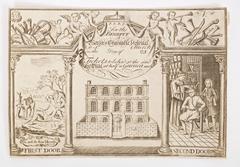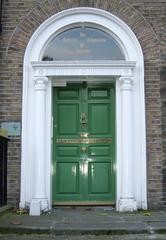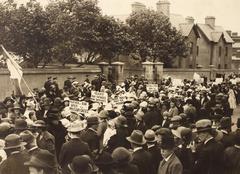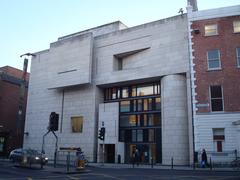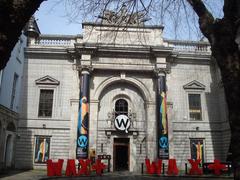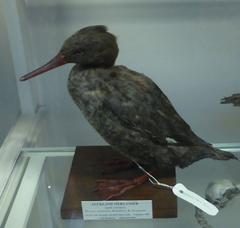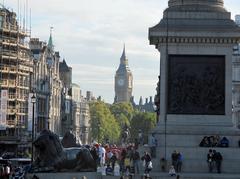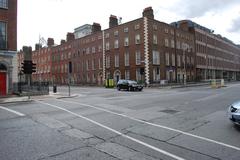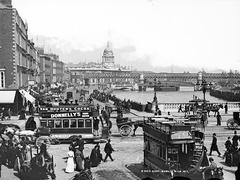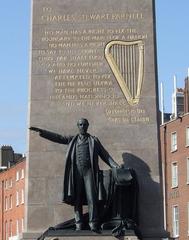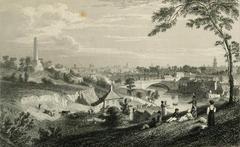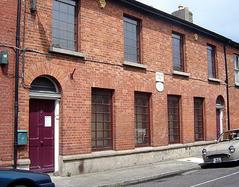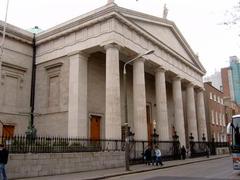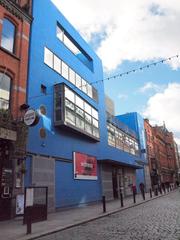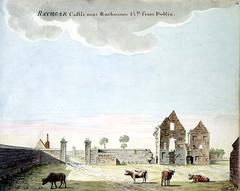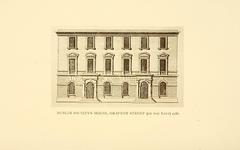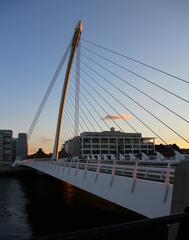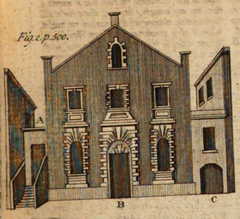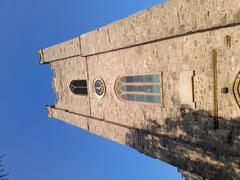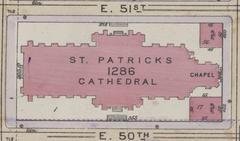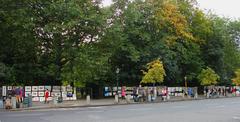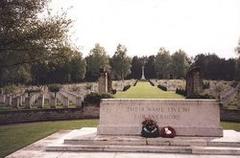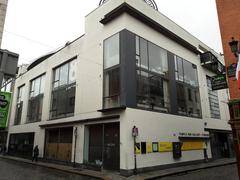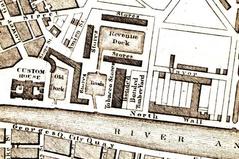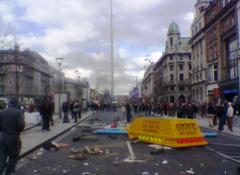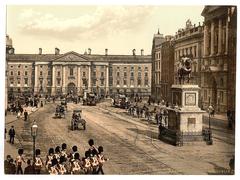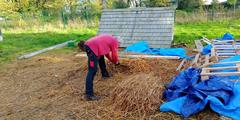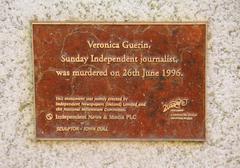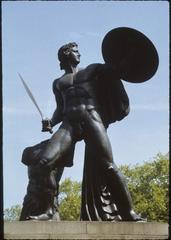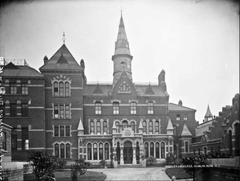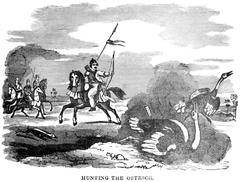Martello Towers in the Greater Dublin Area: Visiting Hours, Tickets, and Historical Sites
Date: 04/07/2025
Introduction
Nestled along the picturesque coastline of the Greater Dublin Area, the Martello Towers stand as enduring monuments of Ireland’s early 19th-century military heritage. Originally constructed between 1803 and 1808 by the British government, these robust, circular stone fortifications were strategically designed to defend Dublin Bay against the threat of Napoleonic invasion. Inspired by the resilient Torra di Mortella in Corsica, the towers form one of the most cohesive coastal defensive networks in the world, with 28 originally positioned from Bray to Balbriggan to provide overlapping fields of fire and rapid communication across the shoreline (Irish Historic Houses; Joyce Tower).
Today, many of these towers serve as fascinating cultural landmarks, blending rich military history with modern adaptive reuse. Visitors can explore museums such as the celebrated James Joyce Tower and Museum in Sandycove, which intertwines literary heritage with historical architecture, or experience the vintage radio exhibits housed within the Howth Martello Tower. While some towers remain private residences or community spaces, others open their doors seasonally or during special heritage events, offering immersive insights into Dublin’s coastal defense and architectural ingenuity (Visit Dublin; Dublin City Council).
This comprehensive guide is designed to equip visitors with essential information on visiting hours, ticketing, accessibility, and travel tips, while highlighting nearby attractions, guided tours, and photographic opportunities. Whether you are a history buff, literary enthusiast, or simply seeking scenic coastal walks, the Martello Towers of Dublin provide a unique window into Ireland’s maritime past and vibrant cultural landscape. Plan your visit with confidence by consulting official resources and explore the magnificent views, rich stories, and architectural marvels these towers offer (Joyce Tower Official; Portrane Martello Tower).
Table of Contents
- Introduction
- Historical Overview
- Origins and Design Influences
- Strategic Placement
- Architectural Features
- Visiting Information: Hours, Tickets, and Tips
- Adaptive Reuse and Preservation
- Notable Martello Towers: Visitor Highlights
- Cultural Significance
- Practical Visitor Information
- FAQ
- Conclusion
- References
Historical Overview
Martello Towers were constructed as part of a defensive network guarding Dublin Bay against Napoleonic threats. Their design was inspired by the resilient Torra di Mortella in Corsica, whose formidable structure influenced British engineers. Dublin’s coastline was fortified with 28–29 towers strategically placed from Bray to Balbriggan, each within sight of the next, supported by adjacent gun batteries for overlapping fields of fire (Our Irish Heritage).
While these towers never engaged in battle, their presence played a pivotal role in coastal defense and communication. Over time, their military function faded, but many remain—some as museums, others as private homes, and several as community or event spaces (Irish Historic Houses).
Origins and Design Influences
The Martello Tower design is directly linked to the 16th-century Genoese tower at Mortella Point, Corsica. Admired for its ability to withstand naval bombardment, British engineers replicated the form and, through a linguistic twist, named their versions “Martello” towers (Joyce Tower). The towers’ circular shape, thick masonry walls (up to 9 feet facing the sea), and elevated entrances made them highly defensive and durable (patrimoniomm.files.wordpress.com).
Strategic Placement
Dublin’s Martello Towers formed a coherent defensive chain, with 16 towers south of the city and 12 to the north. Placed at regular intervals along the coastline, each tower could signal to its neighbors, creating a rapid communication network and coordinated defense system. Some towers were built on offshore islands, extending protection to the approaches of Dublin Bay (fingal.ie).
Architectural Features
Structure and Materials: Martello Towers are typically 12–15 meters in diameter and 10–12 meters tall, constructed from local granite or limestone. The walls are thickest on the seaward side to resist cannon fire.
Interior Layout:
- Ground Floor: Storage for ammunition and provisions; usually windowless for security.
- First Floor: Garrison living quarters, accessed via a removable ladder or bridge.
- Rooftop: Gun platform with a traversing carriage for an 18- or 24-pounder cannon, offering a 360-degree field of fire.
Key Defensive Elements:
- Curved thick walls to deflect artillery
- Limited entry points, often raised above ground level
- Minimal windows to minimize vulnerabilities
Variations exist among towers, particularly in internal layout and artillery arrangements, reflecting adaptations by individual engineers (patrimoniomm.files.wordpress.com).
Visiting Information: Hours, Tickets, and Tips
General Advice
- Getting There: Most towers are accessible via Dublin-area DART stations, bus routes, or coastal walking/cycling paths.
- Best Time to Visit: Late spring through early autumn for pleasant weather and extended daylight.
- Parking: Limited at most sites; public transport or walking is recommended where possible.
- Accessibility: Many towers have steep, narrow stairs and uneven surfaces; check ahead for accessibility support.
Key Towers: Hours and Ticketing
James Joyce Tower & Museum (Sandycove)
- Hours: Daily, 10:00 AM – 5:00 PM (seasonal variations possible)
- Tickets: Free admission; donations welcome
- Facilities: Museum exhibits, rooftop views, guided tours, gift shop (Joyce Tower Official)
Howth Martello Tower (Ye Olde Hurdy Gurdy Museum of Vintage Radio)
- Hours: April–October, typically weekends, 11:00 AM – 4:00 PM
- Tickets: Modest admission fee; guided tours available
- Highlights: Vintage radio museum, rooftop panoramic views (Visit Dublin)
Portrane Martello Tower
- Hours: Select weekends, May–September, 11:00 AM – 4:00 PM
- Tickets: Free entry
- Features: Informational displays, limited parking (Irish Historic Houses)
Sandymount Martello Tower
- Public entry: Usually closed; external viewing from Sandymount Promenade (Dublin City Council)
Dalkey Island Martello Tower
- Access: By licensed boat from Coliemore Harbour (summer only)
- Public entry: Tower not open inside; island is a popular picnic and wildlife spot
Tip: Check tower websites or local tourism resources for up-to-date details on opening hours and ticketing before your visit.
Adaptive Reuse and Preservation
Museums and Cultural Spaces
The James Joyce Tower & Museum is renowned for its literary exhibitions and immersive displays, including period furnishings and memorabilia from Joyce’s life (Visit Dublin). Occasional tours and events at Seapoint and Howth highlight the towers’ military and technological heritage (Paul Arnold Architects).
Private Residences
Several towers have been converted to private homes, their thick walls and dramatic locations offering unique living spaces. While not generally open to the public, these conversions contribute to preservation (Senior Times).
Community and Educational Use
Some towers have been used for exhibitions, educational events, or as community venues, with ongoing advocacy for more adaptive reuse and restoration (Dublin Inquirer).
Conservation and Restoration
Many towers are protected structures under Irish heritage law. Restoration projects focus on stabilizing masonry, waterproofing roofs, and maintaining public access. Community groups are vital in campaigning for the preservation and sustainable use of derelict or underutilized towers.
Notable Martello Towers: Visitor Highlights
- James Joyce Tower, Sandycove: Literary museum, panoramic coastal views, Bloomsday events, rooftop access
- Howth Martello Tower: Vintage radio museum, interactive exhibits, rooftop views
- Portrane Martello Tower: Free entry, informative displays, accessible coastal location
- Dalkey Island Tower: Atmospheric ruins, wildlife, boat access, scenic island setting
- Sandymount Tower: Prominent coastal landmark, viewed from promenade
Cultural Significance and Modern-Day Role
Martello Towers have evolved from military outposts to integral parts of Dublin’s cultural landscape. The James Joyce Tower is internationally recognized as a literary pilgrimage site, especially during Bloomsday celebrations (Visit Dublin). Howth’s tower connects military history to technological innovation through its radio museum. Many towers are prominent stops on coastal walks and cycle routes, enhancing recreational and educational experiences (Discover Ireland).
Practical Visitor Information
- Transport: DART train line connects key sites (Sandycove, Howth, Dalkey); buses serve Portrane and nearby towns.
- Amenities: Cafés, public restrooms, and picnic spots are available near most accessible towers.
- Events: Bloomsday (June 16) features readings and gatherings at the James Joyce Tower; check for heritage week events.
- Accessibility: Most towers have limited wheelchair access due to historic stairs; promenades and viewing areas are generally accessible.
Frequently Asked Questions (FAQ)
Q: Are all Martello Towers open to the public? A: No. Only select towers, such as the James Joyce Tower and Howth Martello Tower, are regularly open as museums. Others are private or viewable externally.
Q: What are the visiting hours and ticket prices for the James Joyce Tower? A: Typically open 10:00 AM–5:00 PM, free admission (donations encouraged).
Q: Can I access the rooftop of the towers? A: Yes, rooftop access is available at towers like Sandycove and Howth, offering panoramic views.
Q: Are the towers suitable for children? A: Children are welcome but should be supervised due to stairs and confined spaces.
Q: Is photography allowed? A: Photography is allowed in most publicly accessible towers.
Conclusion
The Martello Towers of Dublin blend military innovation, coastal beauty, and cultural heritage. From exploring the James Joyce Tower’s literary treasures to climbing the rooftop of Howth’s radio museum, each site offers a distinct experience. With careful planning around visiting hours, tickets, and accessibility, visitors of all ages can enjoy these remarkable fortifications. Ongoing preservation and creative reuse ensure that Martello Towers will remain vibrant symbols of Dublin’s history for generations to come.
For the latest information, download the Audiala app, and follow us on social media for updates, virtual tours, and event news.
References and Further Reading
- Martello Tower, Portrane – Irish Historic Houses
- Martello Tower – Joyce Tower
- The Newly Renovated Martello Tower at Dublin’s Sandymount – Senior Times
- Exploring the James Joyce Tower – Jason Ireland
- Visit Dublin – Official Site
- Discover Ireland – Dublin Bay Guide
- Dublin City Council – Sandymount Promenade
- Ye Olde Hurdy Gurdy Museum of Vintage Radio
- Dublin Inquirer – Sandymount Tower
- Paul Arnold Architects – Seapoint Martello Tower
